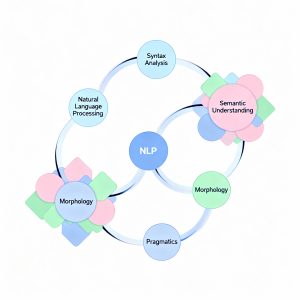In the realm of software testing, the traditional test pyramid has long been a guiding principle. However, as test suites grow and evolve, developers face increasingly complex trade-offs that require a more nuanced approach. Enter SMURF, a mnemonic device that offers a deeper understanding of the factors at play in balancing an effective test suite.
The Limitations of the Test Pyramid
The test pyramid, while valuable, presents a simplified view of testing priorities. It suggests a hierarchy where unit tests form the broad base, followed by fewer integration tests, and even fewer end-to-end tests at the top. While this model provides a general guideline, it lacks the granularity needed to address the intricacies of modern software development.
Introducing SMURF
SMURF stands for Speed, Maintainability, Utilization, Reliability, and Fidelity. This framework provides a more comprehensive lens through which to evaluate and optimize test suites.
Speed: Unit tests excel in this category, allowing for rapid feedback and early problem detection. Their swift execution enables developers to run them frequently, catching issues sooner in the development cycle.
Maintainability: As test suites grow, so does the cost of maintaining them. Larger systems under test are more susceptible to dependency changes and requirement shifts, leading to increased maintenance work. Balancing the types of tests can help manage this burden.
Utilization: Efficient resource use is crucial for a scalable test suite. Unit tests typically have better utilization characteristics, often employing test doubles or focusing on limited system components. This efficiency becomes increasingly important as the test suite expands.
Reliability: A reliable test suite only fails when genuine problems arise. As systems grow, non-determinism can creep in, potentially leading to flaky tests. Managing this reliability is essential to prevent wasted developer time and resources.
Fidelity: High-fidelity tests closely simulate real-world conditions, providing a more accurate prediction of production system behavior. While integration and end-to-end tests excel in this area, unit tests may struggle to replicate realistic environments.
Balancing SMURF Dimensions
The relationships between SMURF dimensions often involve trade-offs. Improving one aspect may come at the cost of another. However, when possible, enhancing one or more dimensions without negatively impacting others is ideal.
Test Types and Their SMURF Characteristics
Different test types exhibit varying strengths across the SMURF dimensions:Unit Tests:
- Excel in speed, maintainability, utilization, and reliability
- Lag in fidelity
Integration Tests:
- Offer a balanced performance across all SMURF dimensions
End-to-End Tests:
- Shine in fidelity
- Underperform in other dimensions
Conclusion
By considering the SMURF framework, developers can make more informed decisions about their test suite composition. This approach allows for a nuanced balance between different test types, optimizing the overall effectiveness and efficiency of the testing process. As software systems continue to grow in complexity, frameworks like SMURF provide valuable guidance in navigating the challenges of modern test suite evolution.
Read more such articles from our Newsletter here.



